Membrane Transporter/Ion Channel
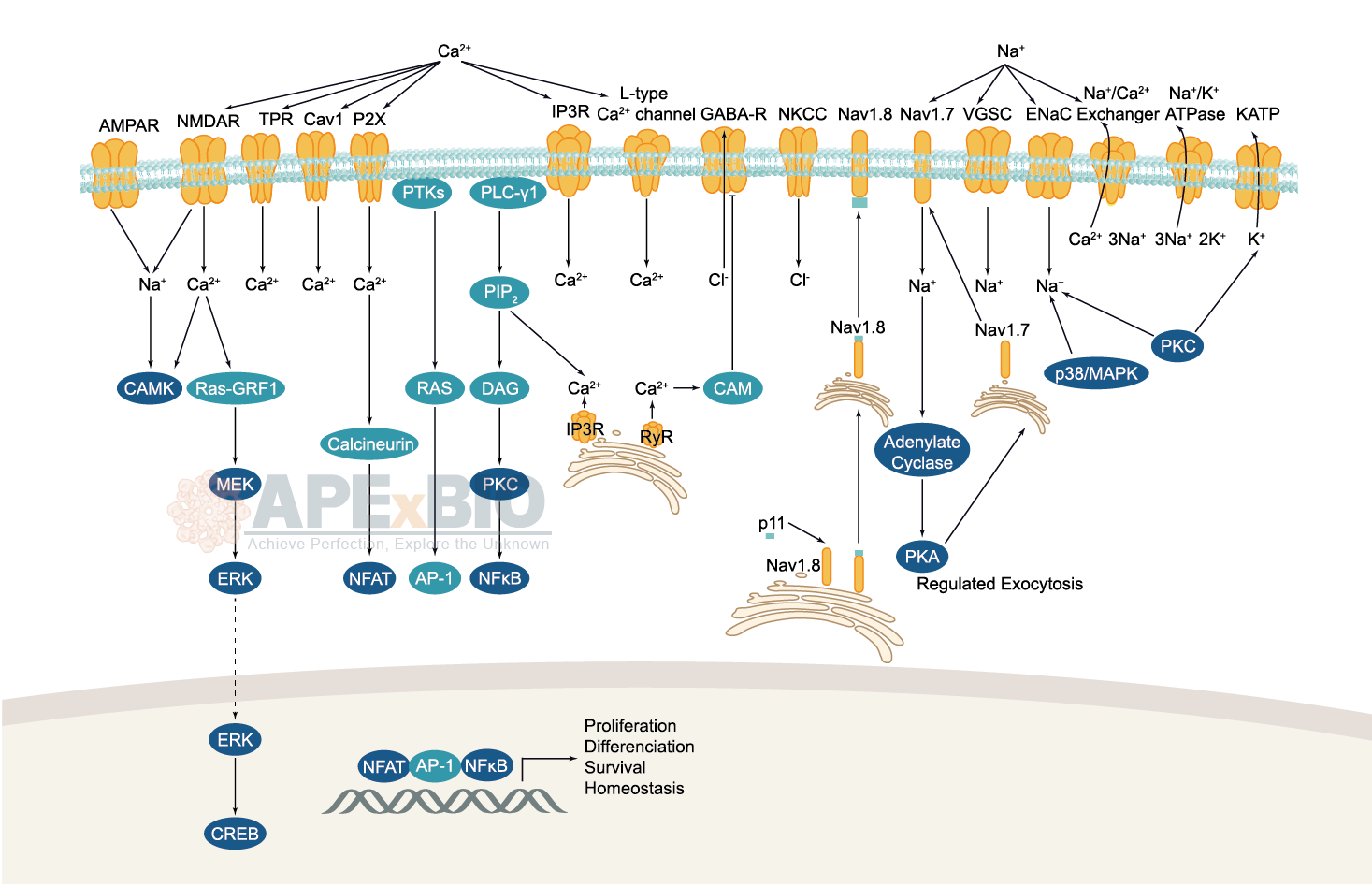
Ion channels are pore-forming membrane proteins which allow the flow of ions across the membrane. The ion channels can be broadly grouped into six families including calcium channels, chloride channels, potassium channels, sodium channels, gap junction proteins and porins. Not all ion channels are gated, such as certain type of K+ and Cl– channels, transient receptor potential superfamily of cation channels, the ryanodine receptors and the IP3 receptors, but most Na+, K+, Ca2+ and some Cl– channels are all gated by voltage. Ligand-gated channels are regulated in response to ligand binding (e.g. neurotransmitters signaling). These ligand-gated neurotransmitter receptors are known as ionotropic receptors. Various neurotransmitters couple to ionotropic receptors such as glutamate, acetylcholine, glycine, GABA, and serotonin.
-
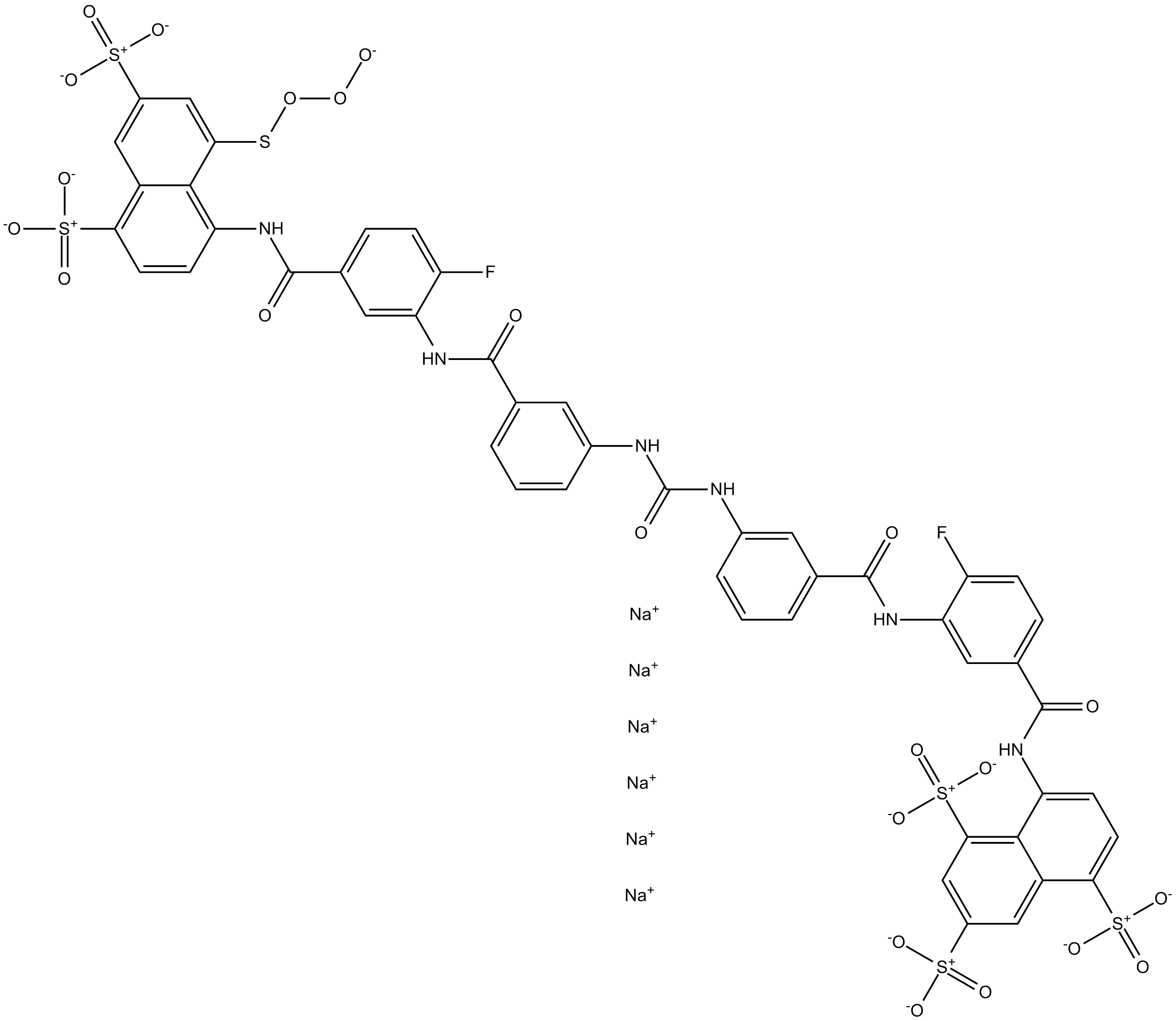 B7060 NF 157Summary: P2Y11/P2X1 antagonist
B7060 NF 157Summary: P2Y11/P2X1 antagonist -
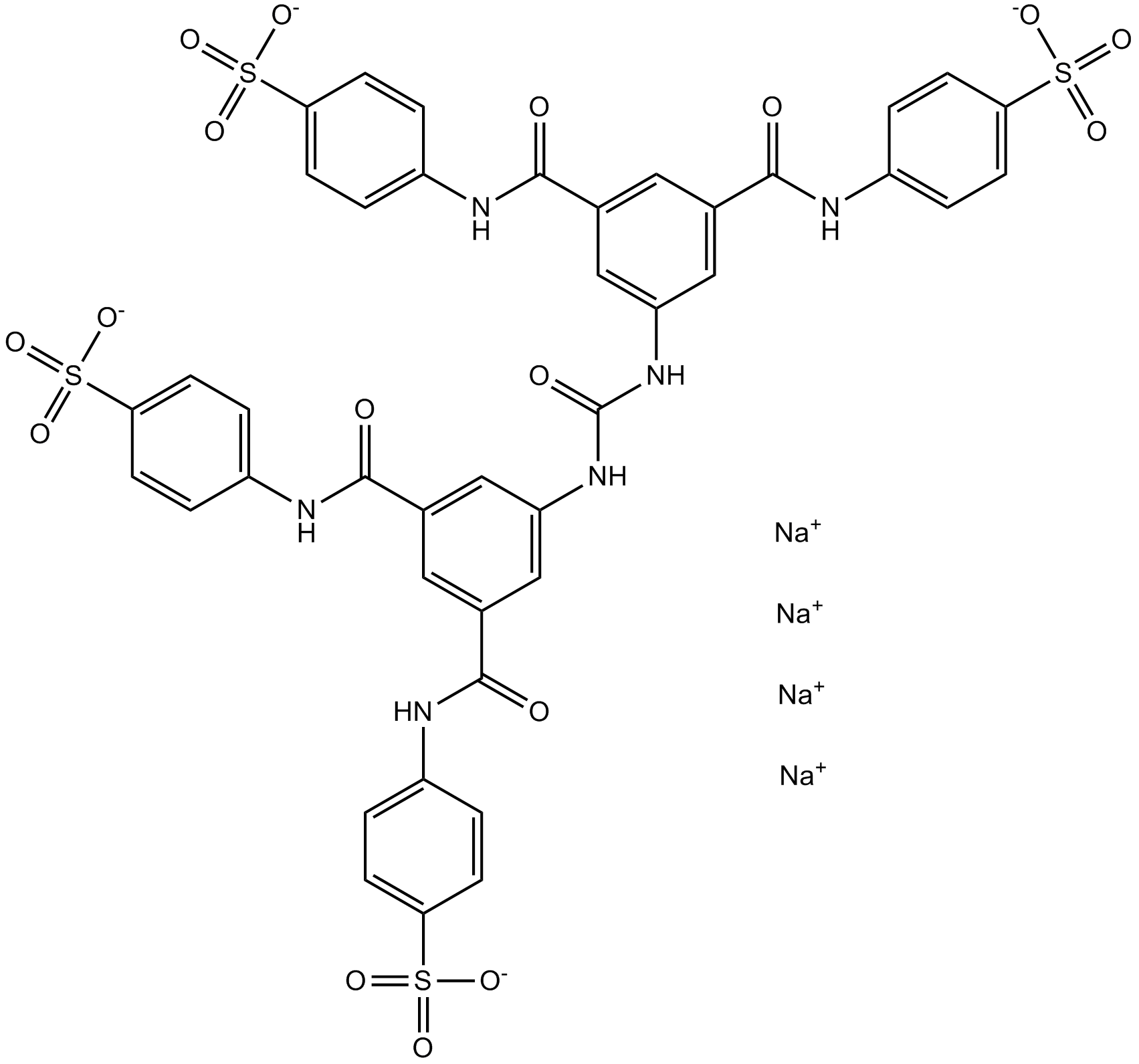 B7100 NF 110Summary: P2X3 antagonist
B7100 NF 110Summary: P2X3 antagonist -
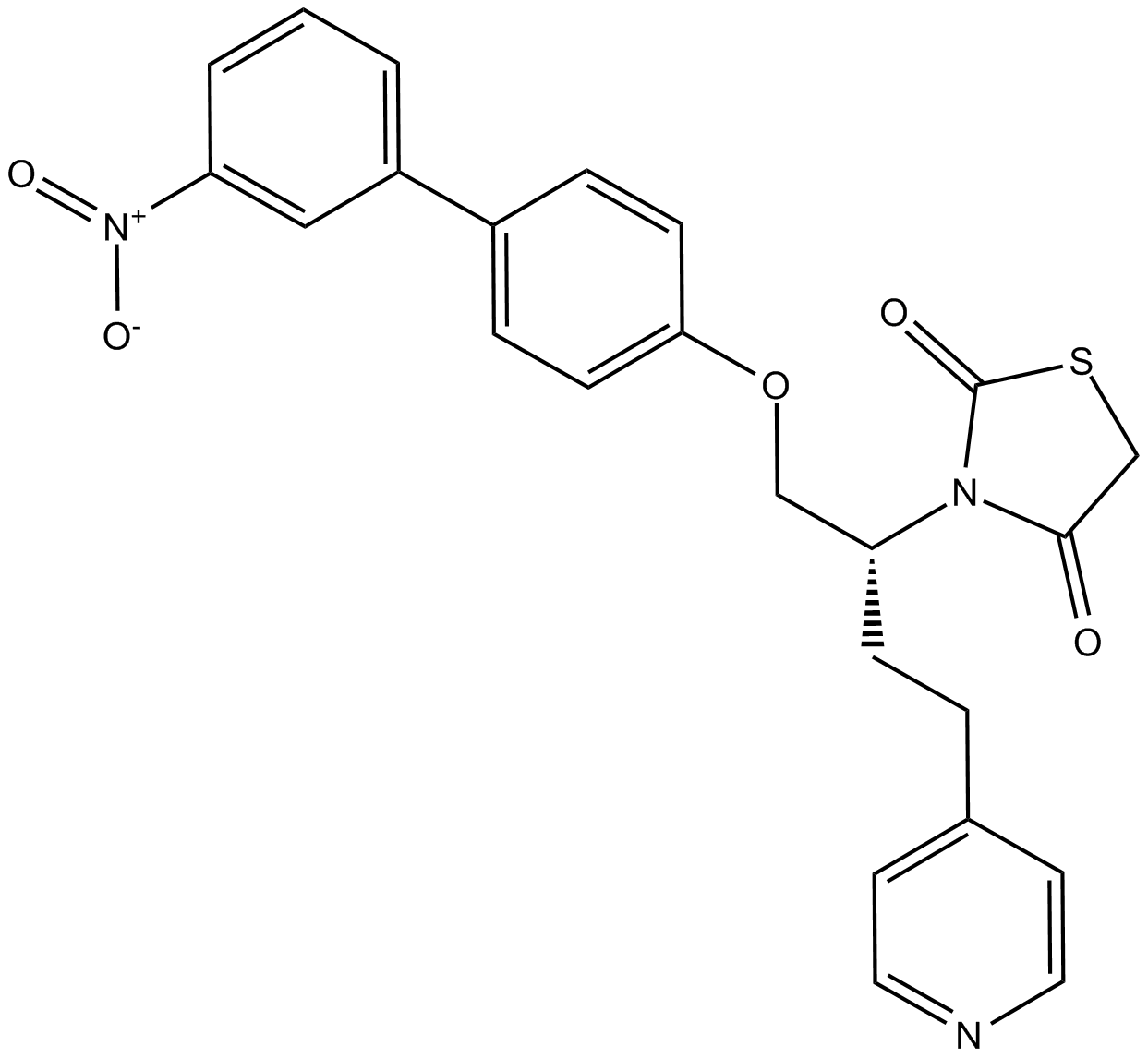 B7362 AZ 11645373Summary: Human P2X7 antagonist,potent and selective
B7362 AZ 11645373Summary: Human P2X7 antagonist,potent and selective -
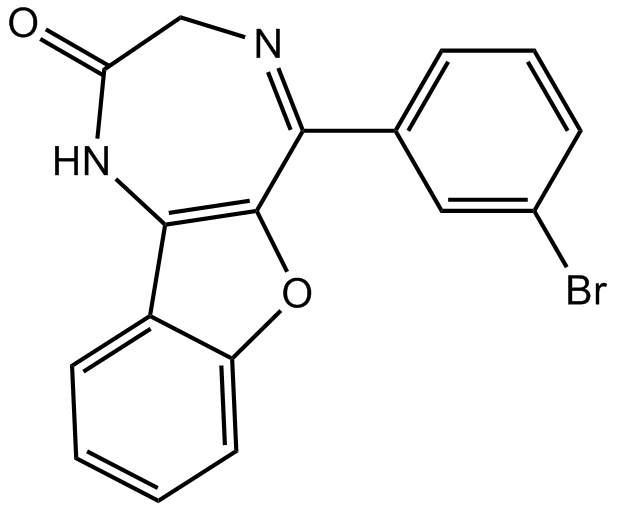 B7436 5-BDBDSummary: P2X4 receptor antagonist
B7436 5-BDBDSummary: P2X4 receptor antagonist -
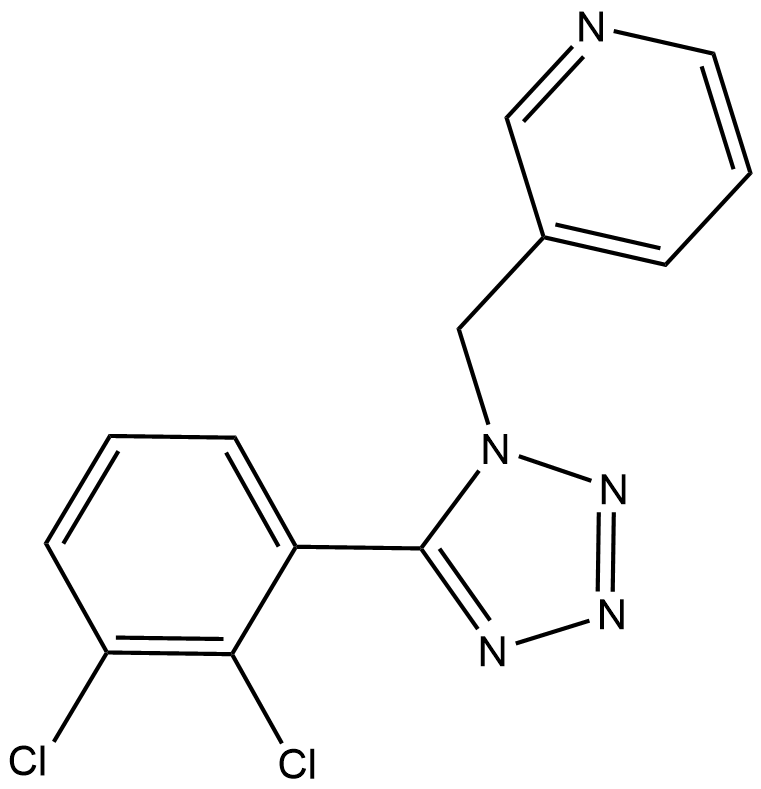 A3130 A 438079Summary: P2X7 receptor antagonist,competitive and selective
A3130 A 438079Summary: P2X7 receptor antagonist,competitive and selective -
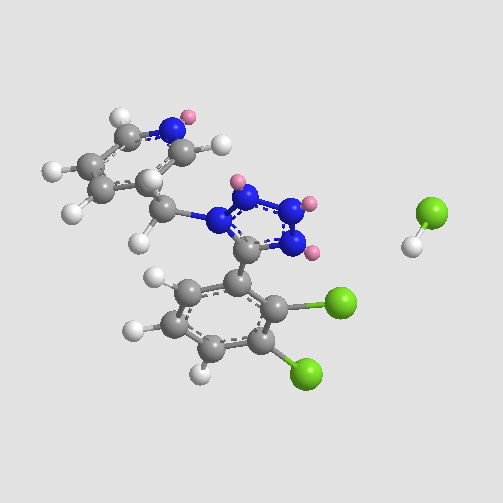 A3131 A 438079 hydrochlorideSummary: P2X7 receptor antagonist,competitive and selective
A3131 A 438079 hydrochlorideSummary: P2X7 receptor antagonist,competitive and selective -
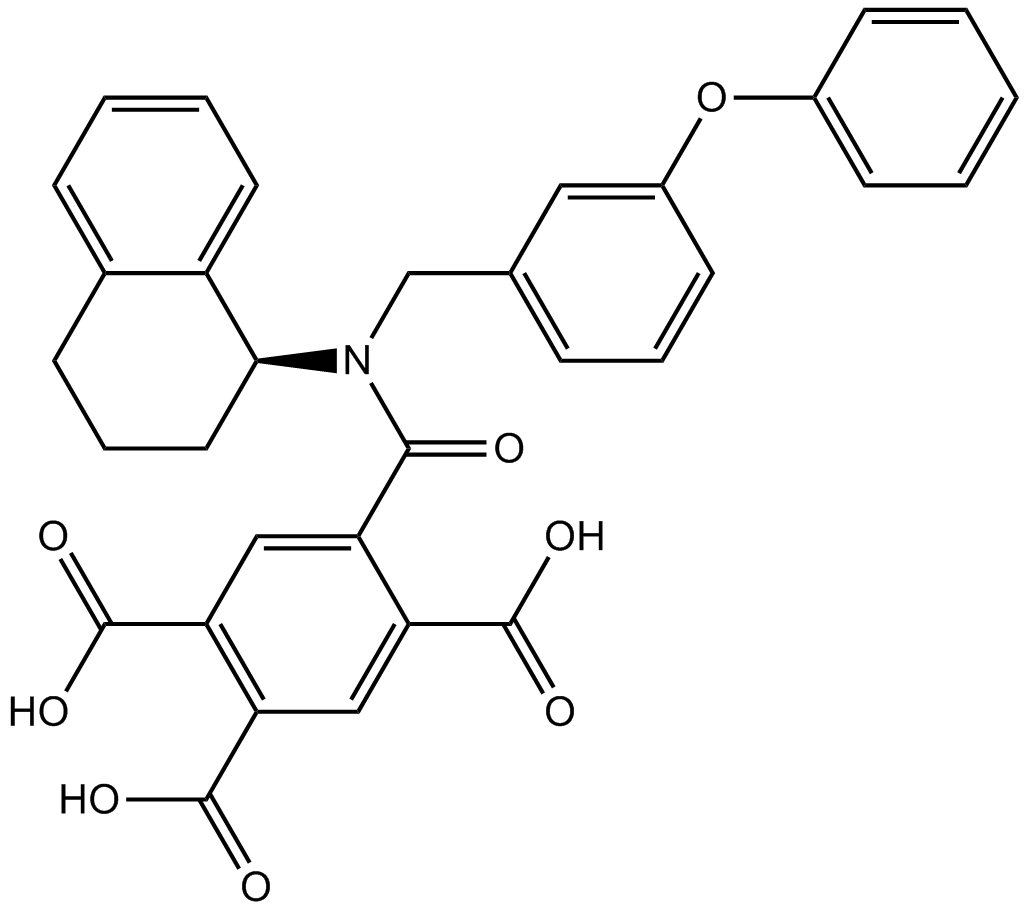 A3134 A-317491Summary: P2X3 and P2X2/3 receptor antagonist
A3134 A-317491Summary: P2X3 and P2X2/3 receptor antagonist -
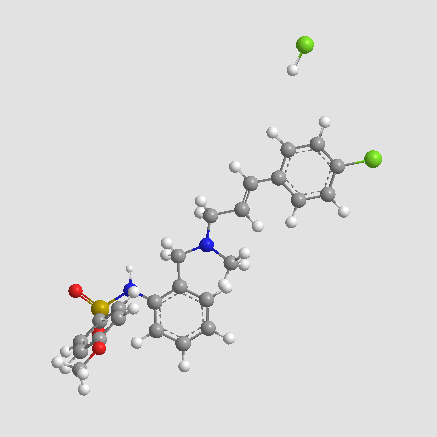 A3530 KN-92 hydrochlorideTarget: Ca2 /calmodulin-dependent protein kinases (CaMKs)Summary: Inactive derivative of KN-93,control compound
A3530 KN-92 hydrochlorideTarget: Ca2 /calmodulin-dependent protein kinases (CaMKs)Summary: Inactive derivative of KN-93,control compound -
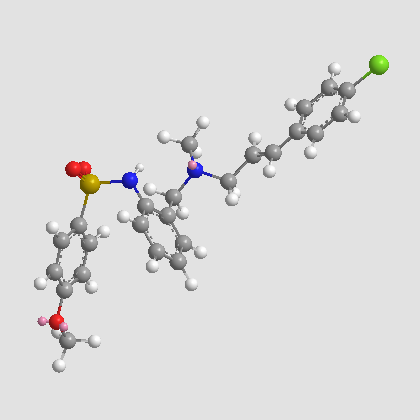 A3531 KN-92 phosphateSummary: CaMKII inhibitor
A3531 KN-92 phosphateSummary: CaMKII inhibitor

